My granddaughter, barefoot, leggings pulled up to her knees, walks along the river beach. An osprey flies overhead with something in its talons. The raptors here on this island, a major bird flyway and wildlife refuge near our home in Oregon, are nesting.
J’lene stomps in the icy water, still cold with early spring snowmelt, runs back and forth in the sand, flops onto her back to make “sand angels,” then up again to dig like a puppy, collect clamshells. She finds a feather and tucks it into her pocket.
A huge container ship chugs through the channel, sucking the water inward, then sending large, slow waves to shore as it passes by. She watches it go, raises her hand toward the invisible crew, a little flag of peace waving in the breeze.
I hand her my old Canon Rebel T2i, converted to infrared, and help her secure the strap around her neck. I started showing her how to use it when she was three years old, just for fun. Buttons and dials are fun. Capturing the world around you is fun. The light box is magic.
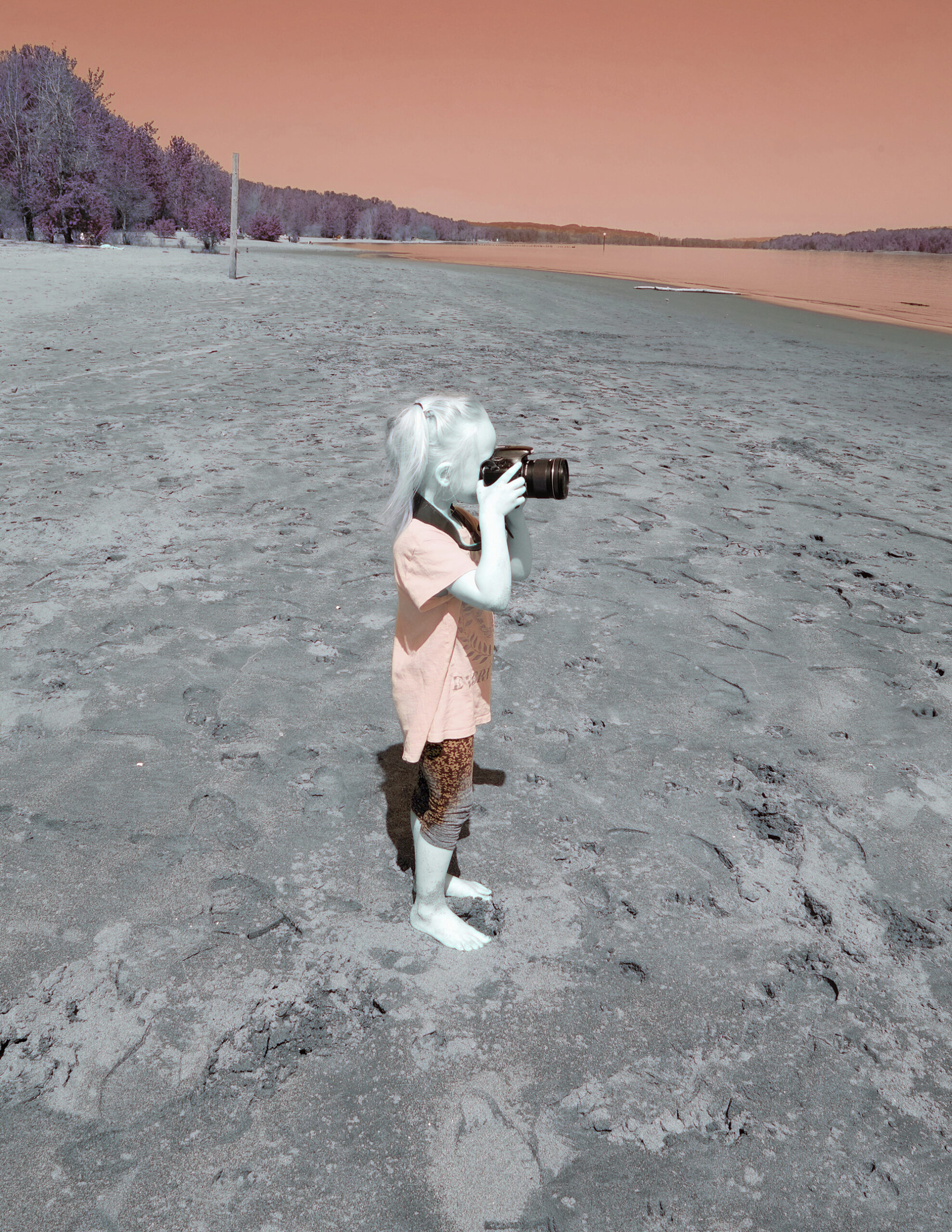
Each time, she seems slightly more interested in mechanics and now, a year later, will put her eye to the viewfinder, a little more patient with seeing before pressing that fun shutter button.
I ask her to look at the shoreline and how it flows – like a wave – from west to east toward the sea. Later, when I look at the image files, I realize she photographed me showing her the lines.
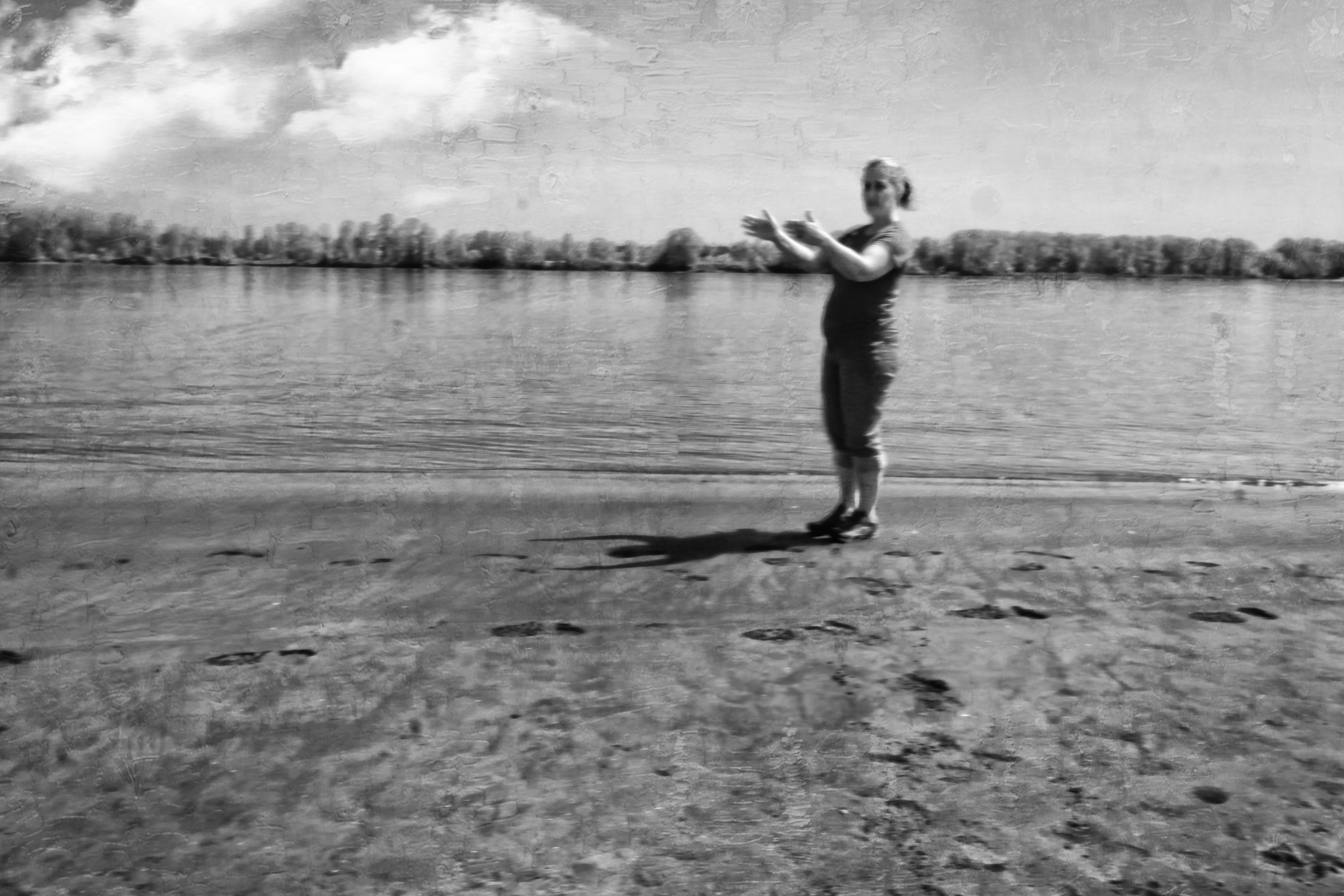
She photographs the sand, the sky, the trees, the water. After a few minutes, she hands the camera back and takes off, running up and down the beach, sand flying from beneath her feet.
A flock of geese vees overhead, looking for field to light in. The sun starbursts above the treeline, fakes us into believing summer is near. The next week will be nothing but cold rain and darkness.
On the drive home, she snaps photos from her carseat vantage point before nodding off to sleep, the camera still in her lap.
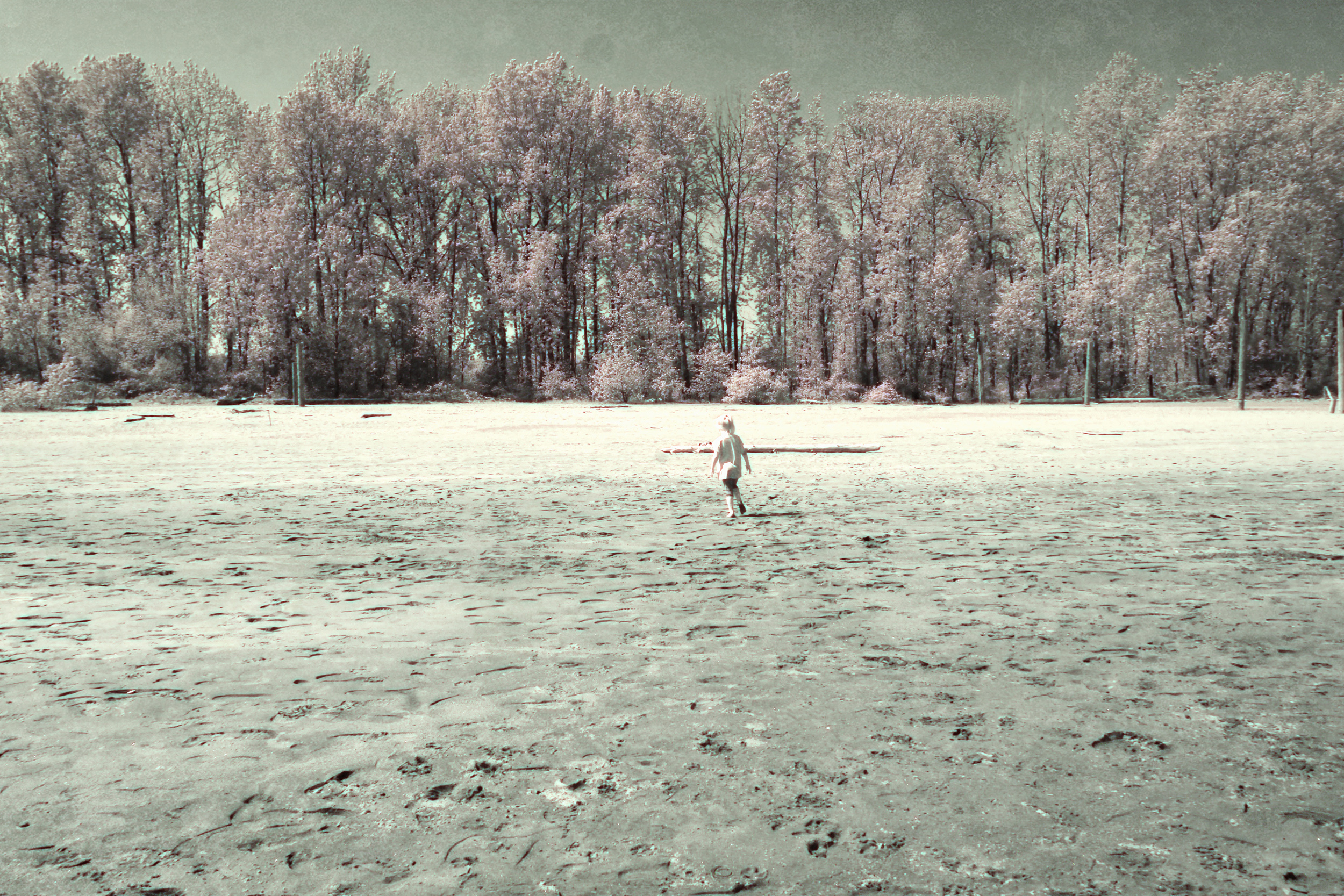
Later, when I show J’lene the images she made, she seems excited, but doesn’t say much until we get to the one where I’m gesturing like a fool, trying to explain what it means to look through the camera of one’s mind.
“That’s you, Grandma!” she exclaims, then wiggles off the couch to play with marbles.

Later, I extract the feather from her tiny pocket and mount a few strands of it to a slide for the microscope we keep on the dining table that’s never used for dining. J’lene helps me set up the microscope camera and we dive from one world to another, exploring yet another view, a new way of seeing what we believed we already knew.
“Wow!” she shouts, looking up from the eyepieces, then down again, a deep dive into the micro world. “How did you make it so small? Amazing!”
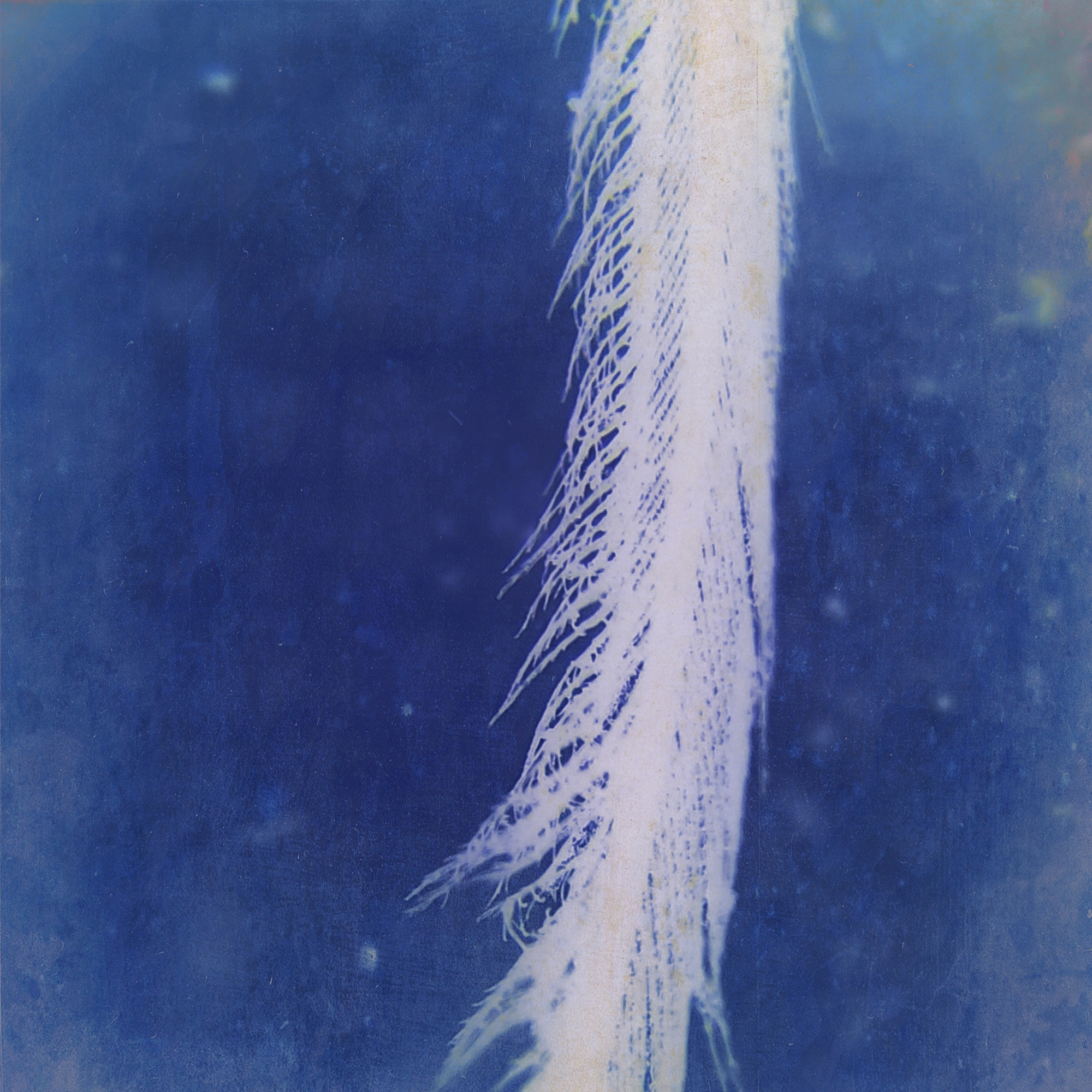
“That’s just a piece of the feather you found, but each piece looks like the whole, doesn’t it?” I say. She nods, then starts looking around for other objects to view.
We look at a piece of paper towel and marvel at the fiber structure, get giddy over leaf skeletons and tulip petals, watch yeast eat sugar, look for hope inside of sugar crystals… the excitement of discovery – and discovering it together – more important than any capture we’ll ever make.
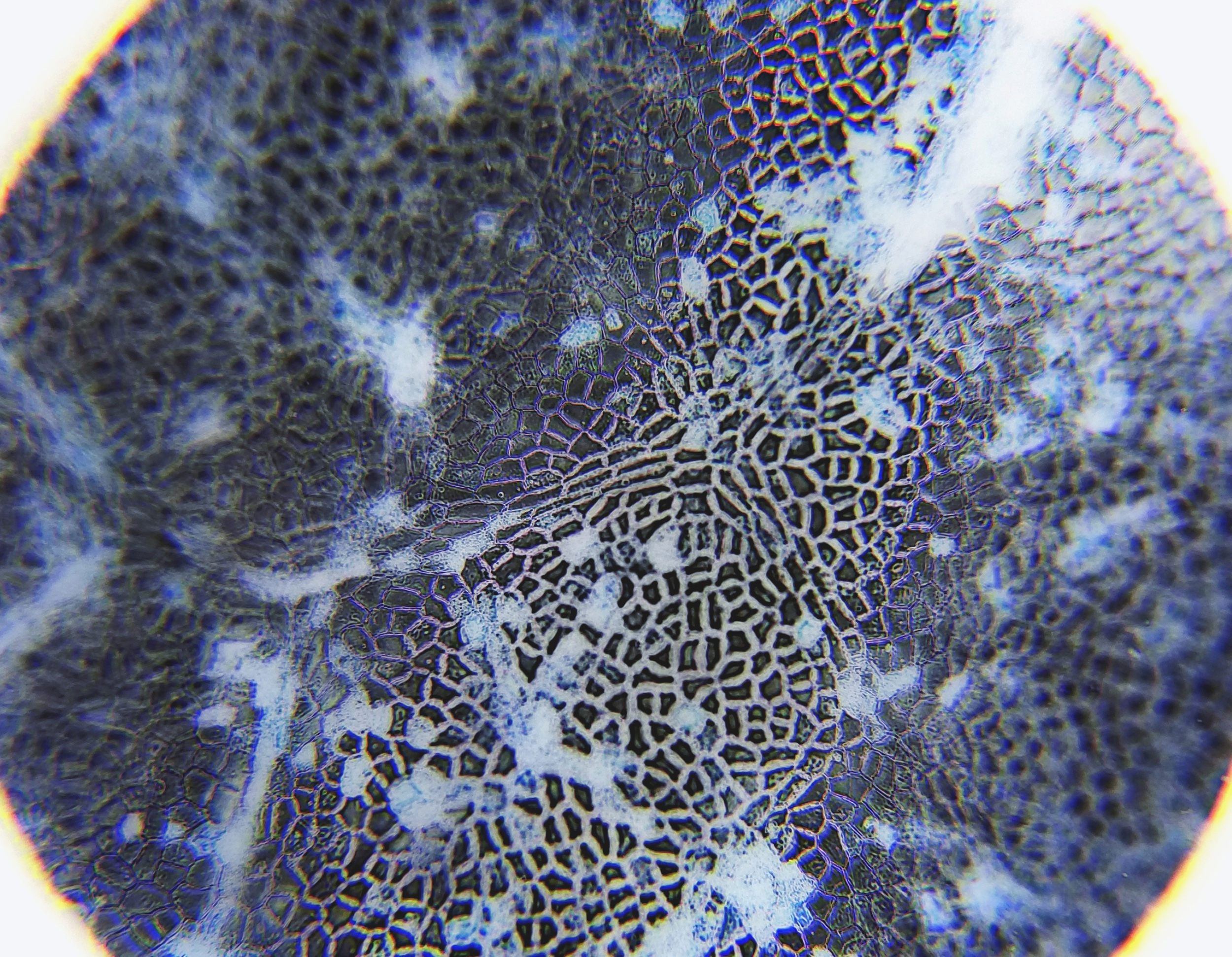
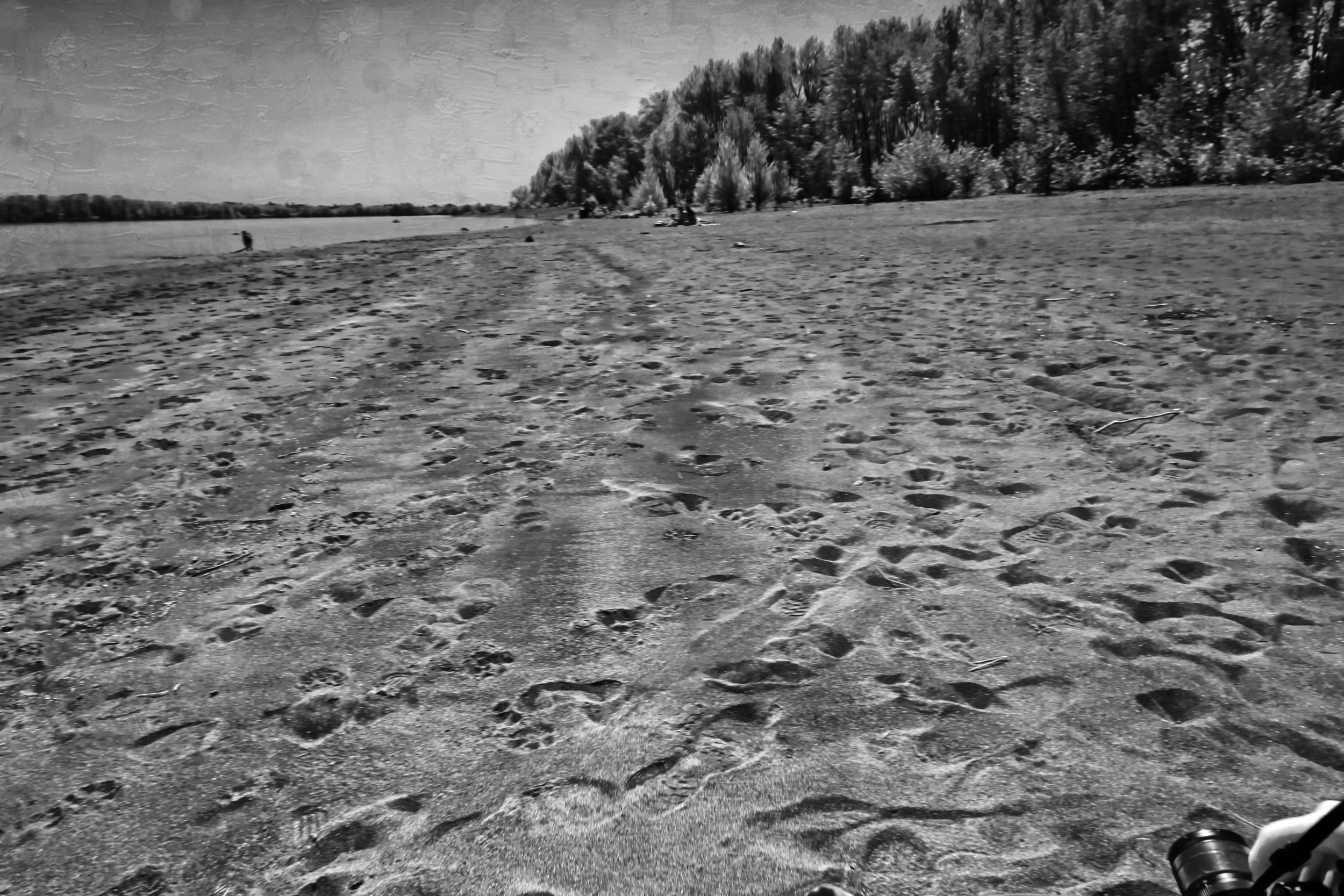
What are your tips for teaching children the art and craft of photography?
Do you ever try to see like a child when making photographs?
Please share your own special/insightful learning moments you’ve experienced with your own children or grandchildren, students, etc.
GINA WILLIAMS
Gina Williams is a Portland, Oregon USA based journalist and poet. She covers photography and photographers internationally. Learn more about her and her work at GinaMarieWilliams.com and follow her on Instagram at @gina_williams_writes



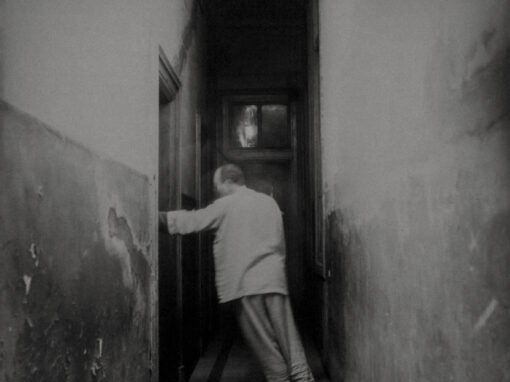
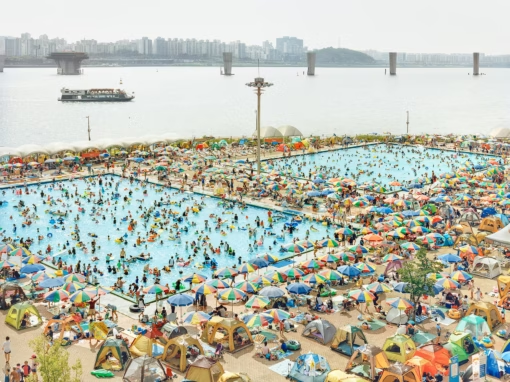
Lynne Blount
May 7, 2022 at 21:33
My granddaughter is three and a half, although when bigger boys at the playground tell her they are four, her usual reply is, “Well I am seventeen!” When my daughter gave her to me as a tiny baby and I carried her through my hall, lined with my colourful prints, she strained to look at them. Each time she visited her eyes would fix on the prints and not move. Of course I bought her a camera when she was nearly two. It was a cheap plastic affair with a hugely complicated menu. We both gave up!
This year I bought her a Nikon Coolpix, a bright orange affair, as it is her favourite colour. She liked the little case I bought and the rainbow coloured neck strap, which I had spent hours searching for on Amazon, but most of all she liked the simple menu. She could switch the camera on and find the playback button. She took pictures of me, her mother, and of my brightly coloured silk flowers. I watched her concentration as she looked at the LCD display, whilst trying to line up the picture and hold the camera still at the same time. She could only just reach the shutter button and as she did so the camera moved. She sighed in exasperation and we encouraged her to try again. We all inspected the picture she had taken of her mother’s feet, telling her how interesting it was. “I can take pictures like nanny. This is my camera. It’s orange. Orange is my favourite colour.” She carefully placed it back into it’s case and looked at me and said “I keep my camera at nanny’s house.” I put it safely in my bureau. “Can I do some painting now?”
Marilyn Peterson
November 30, 2023 at 06:54
Gina,
I Loved reading about your marvelous adventures with J’lene. What a beautiful way to discover n explore the world through various lenses❤️
Nancy Williams
November 30, 2023 at 07:19
You’re teaching each other so much💖